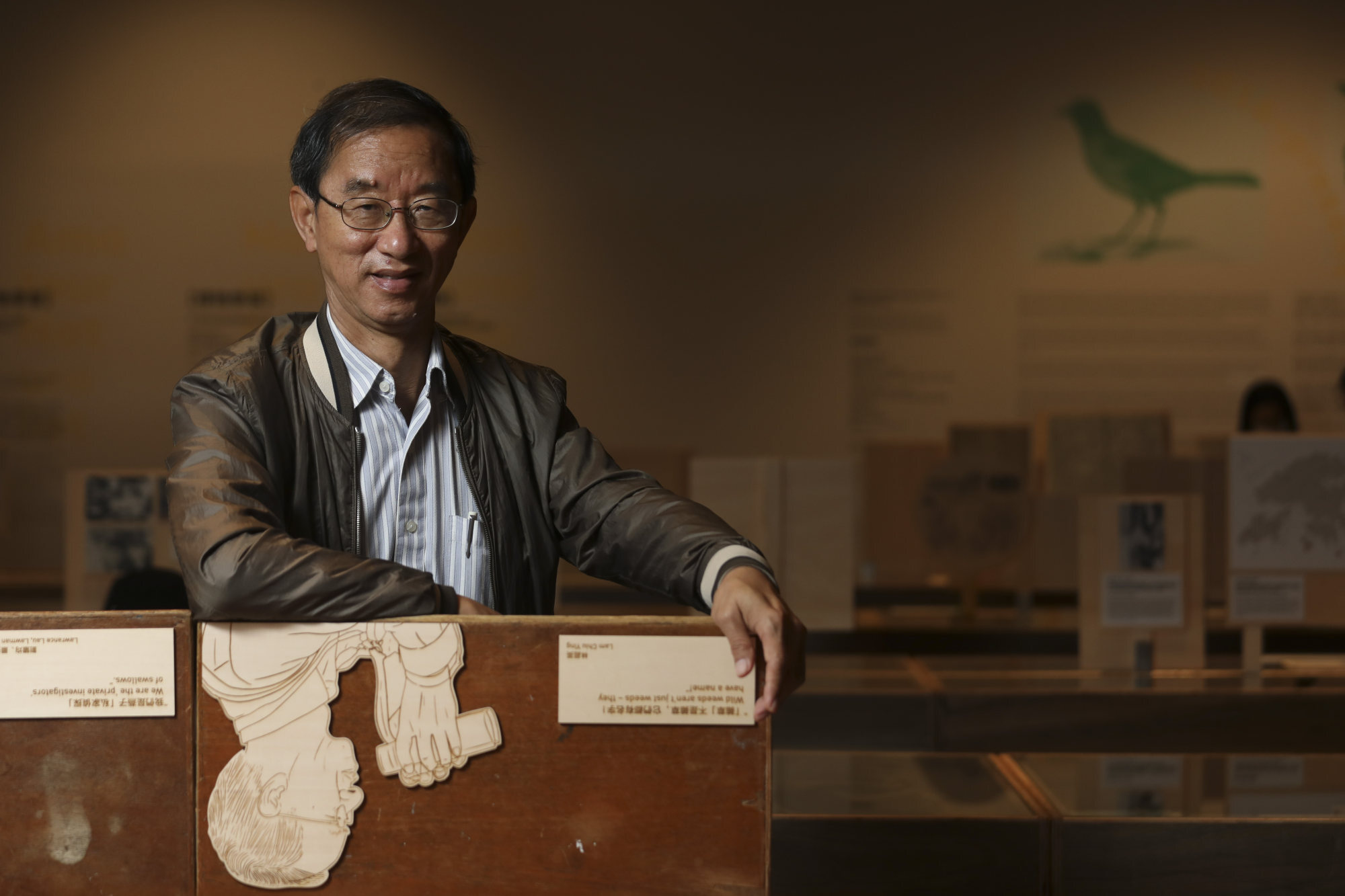
Hong Kong owes much of its understanding of its flora and fauna to amateur naturalists
- The contributions and stories of the city’s amateur naturalists are the theme of a new exhibition at the Hong Kong Science Museum, ‘Ecology in the Making (1816-present)’
- British surgeon Clarke Abel was the first Westerner to publish a book depicting some of the organisms, scenery and terrain he came across on this ‘remarkably barren’ island
Hong Kong, a bustling city whose residents work some of the longest hours in the world, owes much of its understanding of its plants and animals to those who have studied them for fun, off the clock.
The contributions and stories of these amateur naturalists are the theme of a new exhibition at the Hong Kong Science Museum, “Ecology in the Making (1816-present)”.
Curated by the Lung Fu Shan Environmental Education Centre, the exhibition focuses on seven historical figures – ranging from merchants and civil servants to priests – whose discoveries and written accounts have helped to form a foundation of knowledge about Hong Kong’s natural history.
It begins in 1816, with British surgeon Clarke Abel, the first Westerner to publish a book depicting some of the organisms, scenery and terrain he came across on this “remarkably barren” island.

Other notable subjects include British artillery officer John Eyre – who discovered and drew more than 200 paintings of the bright pink Hong Kong camellia – and “armchair naturalist” Yip Lin-feng, whose Chinese newspaper columns and writings helped popularise the city’s natural history for locals in the 1950s.
“Ecology in the Making” also tells the stories of 21 amateur naturalists of today, who continue to carry the mantle of the Abels and Yips through everything from photography and reporting to embroidery and translation. These include Lam Chiu-ying, a meteorologist and former director of the Hong Kong Observatory.
Lam became interested in astronomy at the age of 13, but he found that working in the field “was terrible for me, because my hobby became my work”.
“So, I looked for other interests, in order to have a proper life,” he says.
Having stumbled upon birdwatching in 1976, Lam could not have guessed that he would soon be spending much of his spare time on what would grow into a lifelong passion – one he would also help to popularise in Hong Kong.
He later joined the Hong Kong Bird Watching Society, which at that point was largely made up of expats, he says.

That began to change in 1992, upon the release of a book he translated, The Birds of Hong Kong and South China.
“Before 1990, I practically had no local companions to birdwatch with, and had to travel with expatriates,” recalls Lam.
The book’s publication marked the start of birdwatching becoming a common hobby in Hong Kong, he says, enabling locals to go out and watch birds on their own, rather than having to take notes from lectures and resources mostly available only in English.
By the time of Hong Kong’s handover to China, in 1997, another transition had occurred: a little more than half of the society’s members were now locals, and Lam himself had been selected as its chairman.
“I am very proud of the way I was able to broaden the birdwatching base over these past four decades,” says Lam, while joking that the rise of smartphone cameras may have helped a little along the way, too.

Now retired, Lam still finds time for Hong Kong’s birds, but has also taken on another amateur-naturalist project: writing daily columns about roadside plants he finds throughout the city on social media.
Hong Kong’s natural history, much of it written and popularised by amateurs like himself, has “motivated a lot of people to go out and enjoy nature”, says Lam.
This has both proved a relaxing way for Hongkongers to spend their leisure time and helped build up the city’s robust conservation movement.
“Only if you know what we have in Hong Kong, if we love what we see, will we have the sustained determination to keep on fighting for the conservation of habitats and species,” says Lam.
“Ecology in the Making (1816-present)” runs at Hong Kong Science Museum, Tsim Sha Tsui East, until April 14.

